General overview of agriculture in the Dominican Republic and Haiti.
Dominican Republic:
- Crops: The Dominican Republic has a diverse range of crops, including sugarcane, coffee, cocoa, bananas, plantains, and vegetables. Sugarcane has historically been a significant crop, with the country being one of the largest sugar producers in the Caribbean.
- Livestock: Livestock farming is also prevalent, with cattle, poultry, and pigs being raised for meat production. The Dominican Republic has worked on improving its livestock industry to meet domestic demand.
- Export-Oriented Agriculture: Agriculture plays a crucial role in the Dominican economy, and the country exports a variety of agricultural products. In recent years, there has been an emphasis on diversification to reduce dependence on a few key crops.
- Challenges: Challenges facing Dominican agriculture include land degradation, water scarcity, and vulnerability to natural disasters like hurricanes.
Haiti:
- Subsistence Farming: Agriculture is the backbone of Haiti’s economy, providing employment for a significant portion of the population. However, it is characterized largely by subsistence farming, with small-scale farmers growing crops primarily for their own consumption.
- Crops: Common crops in Haiti include rice, maize, beans, sugarcane, and coffee. Deforestation has been a significant issue, affecting the agricultural landscape.
- Vulnerability: Haiti is vulnerable to natural disasters, including hurricanes and earthquakes, which can have devastating effects on agriculture. Soil erosion is a prevalent problem, further exacerbated by deforestation.
- Livestock: Livestock, including goats and poultry, is also part of Haiti’s agricultural sector. However, challenges such as limited access to veterinary services and poor infrastructure can hinder livestock development.
- International Aid and Development Efforts: Given the challenges facing Haitian agriculture, various international organizations and NGOs have been involved in initiatives aimed at improving agricultural practices, promoting sustainable development, and enhancing food security.
It’s important to note that both countries face unique challenges and opportunities in their agricultural sectors, and efforts are ongoing to address issues such as sustainability, technology adoption, and resilience to climate change. For the most current and detailed information, it’s recommended to refer to recent reports or official sources.

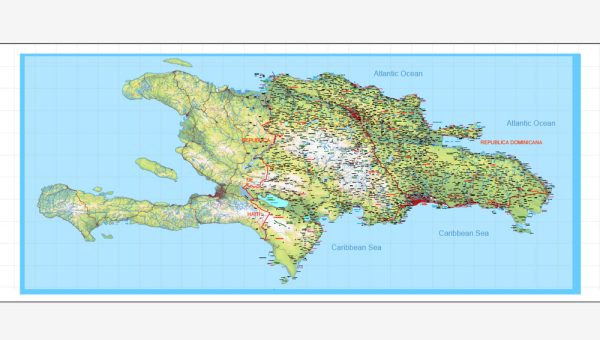
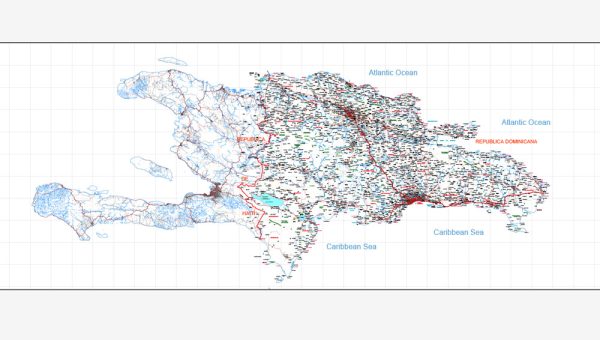
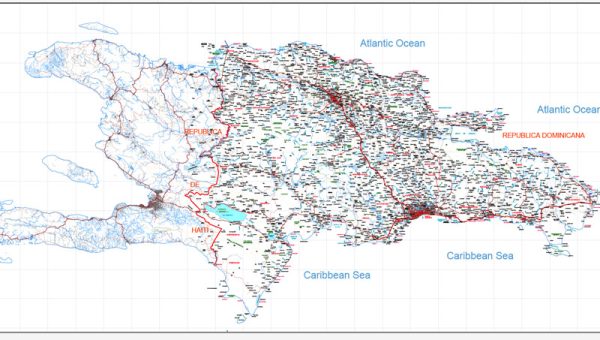
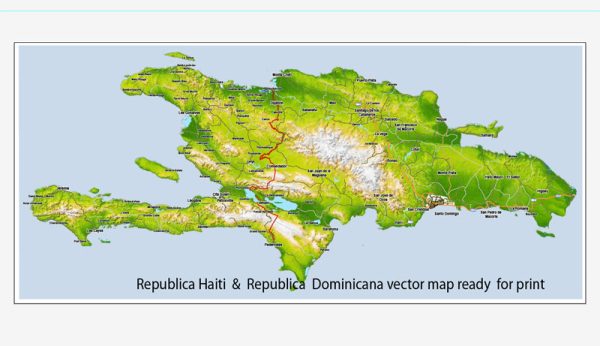
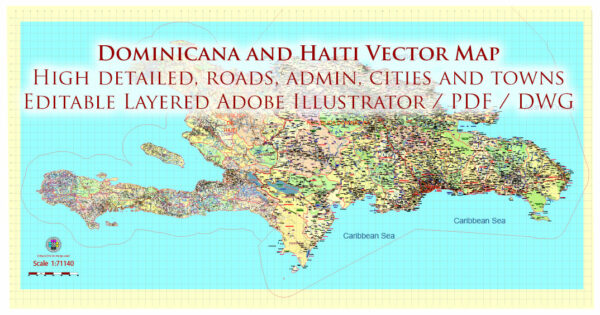
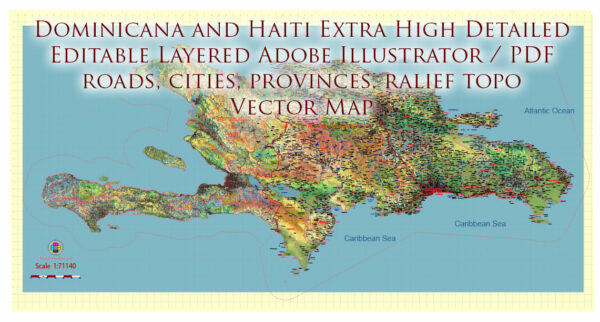
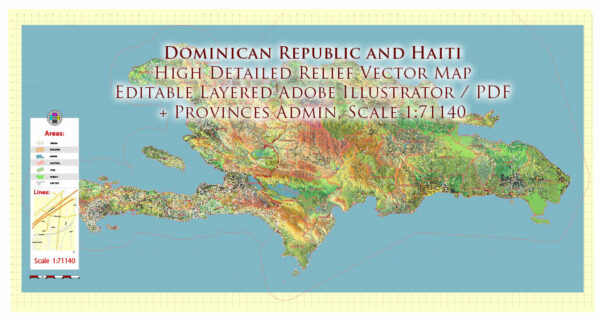
 Author: Kirill Shrayber, Ph.D.
Author: Kirill Shrayber, Ph.D.